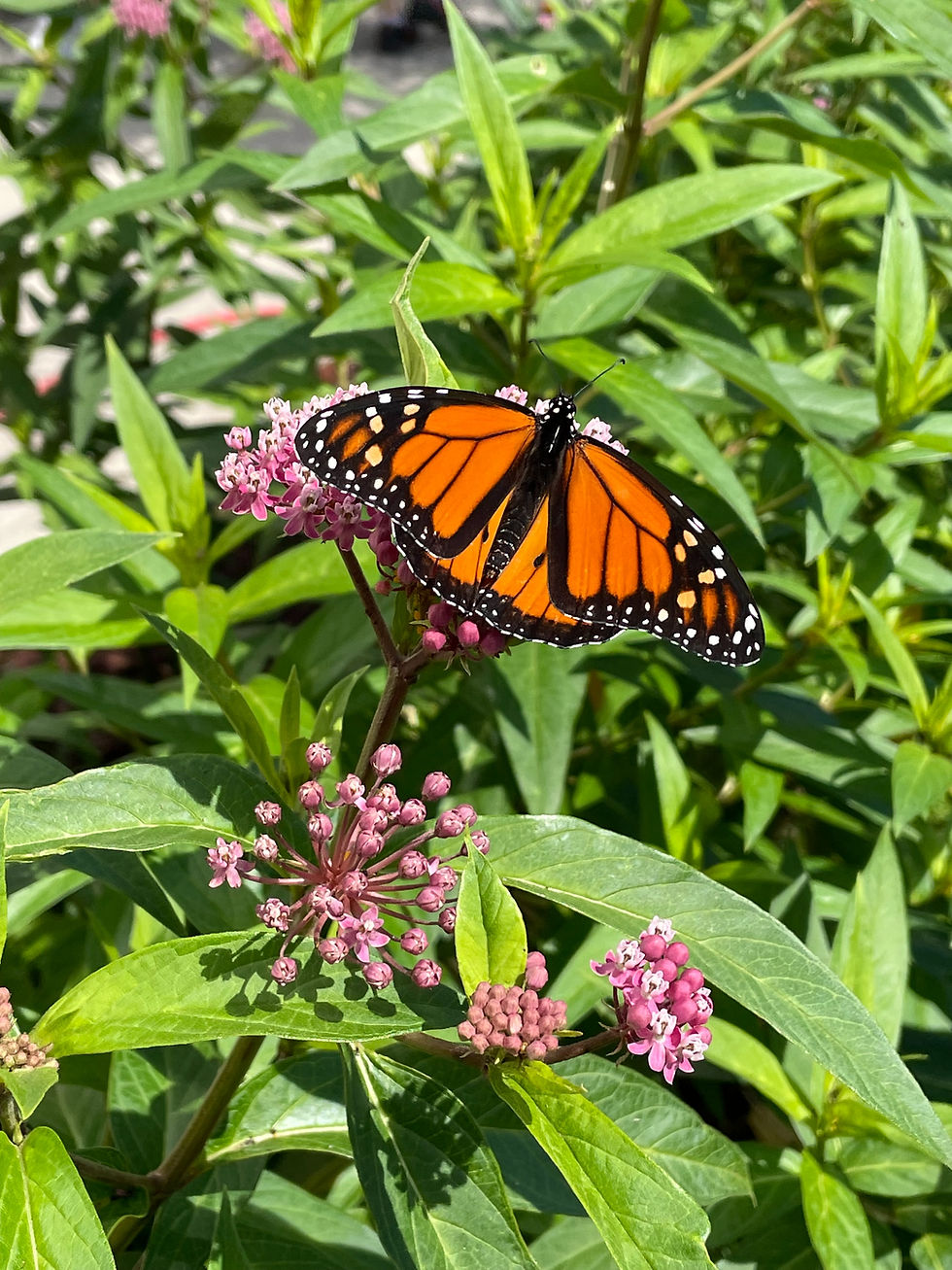Strong & Stunning: Minnesota Native Flowers and Shrubs That Compete With Invasives
- paulw11
- May 7
- 3 min read

In the battle for your landscape, not all plants are created equal. Some sit pretty but offer little resistance to weedy invaders. Others like many of Minnesota’s native flowers and shrubs bring both beauty and backbone.
Whether you’re looking to restore a backyard prairie, build a pollinator-friendly border, or just want less weeding in your life, the right native plants can help you create a resilient, low-maintenance garden. Here’s a lineup of native flowers and shrubs that don’t just survive they thrive, while pushing out the competition.
Native Flowers That Pull Their Weight
These perennials aren’t just pretty. With dense roots and aggressive spreading habits, they help suppress weeds and invasives by filling in the gaps and holding the soil.
Black-eyed Susan (Rudbeckia hirta)
Why it wins: Fast-growing and blooms the first year. Spreads easily.
Bonus: Bright golden flowers all summer long.
Purple Coneflower (Echinacea purpurea)
Why it wins: Deep taproots and clumping growth make it great at holding its territory.
Bonus: Loved by pollinators and birds alike.
Wild Bergamot (Monarda fistulosa)
Why it wins: Spreads through rhizomes, forming thick colonies that shade out weeds.
Bonus: Fragrant leaves and lavender flowers that bees can’t resist.
Showy Goldenrod (Solidago speciosa)
Why it wins: Upright and sturdy without being invasive like some goldenrods.
Bonus: Bright late-summer blooms attract migrating butterflies.
New England Aster (Symphyotrichum novae-angliae)
Why it wins: Vigorous, tall, and bushy. Great for reclaiming open space.
Bonus: Late-season blooms offer crucial food for pollinators.
Butterfly Milkweed (Asclepias tuberosa)
Why it wins: Drought-tolerant and slow to spread, but tough as nails once established.
Bonus: Essential host plant for monarch caterpillars.
Shrubs That Defend Their Territory
Native shrubs offer structure and year-round interest, but they also pack a punch in the fight against invasives. Many spread via suckers or rhizomes, creating dense thickets that smother weedy competitors.
Red-osier Dogwood (Cornus sericea)
Why it wins: Rapid spread through rhizomes makes it ideal for covering ground and stabilizing soil.
Bonus: Red stems add winter interest; supports birds and pollinators.
Gray Dogwood (Cornus racemosa)
Why it wins: Adaptable and persistent. Tolerates poor soils and partial shade.
Bonus: Clusters of white berries that birds love.
Ninebark (Physocarpus opulifolius)
Why it wins: Tough, low-maintenance, and adaptable to just about any site.
Bonus: Beautiful peeling bark and clusters of white to pink flowers.
Chokecherry (Prunus virginiana)
Why it wins: Can form colonies through suckers, pushing out weaker plants.
Bonus: Fragrant spring flowers and dark berries that feed wildlife.
American Hazelnut (Corylus americana)
Why it wins: Spreads into thickets that leave little room for weeds.
Bonus: Produces edible nuts and supports native moth and butterfly larvae.
How to Make Them Work for You
Want these native powerhouses to really shine? Follow a few key steps:
Start with a clean slate: Remove existing weeds and invasives before planting.
Plant densely: Close spacing discourages weed emergence.
Mulch smart: Use mulch early on while plants establish, then let them take over.
Water until rooted: Most natives are drought tolerant after they’re established—just give them a strong start.
The Bottom Line
With the right mix of native flowers and shrubs, you don’t have to constantly fight invasives—they’ll do the fighting for you. These Minnesota natives are not only beautiful and ecologically beneficial, but also tough enough to hold their own in the wild world of your yard.
So plant strong, and let nature take care of the rest.



Comments